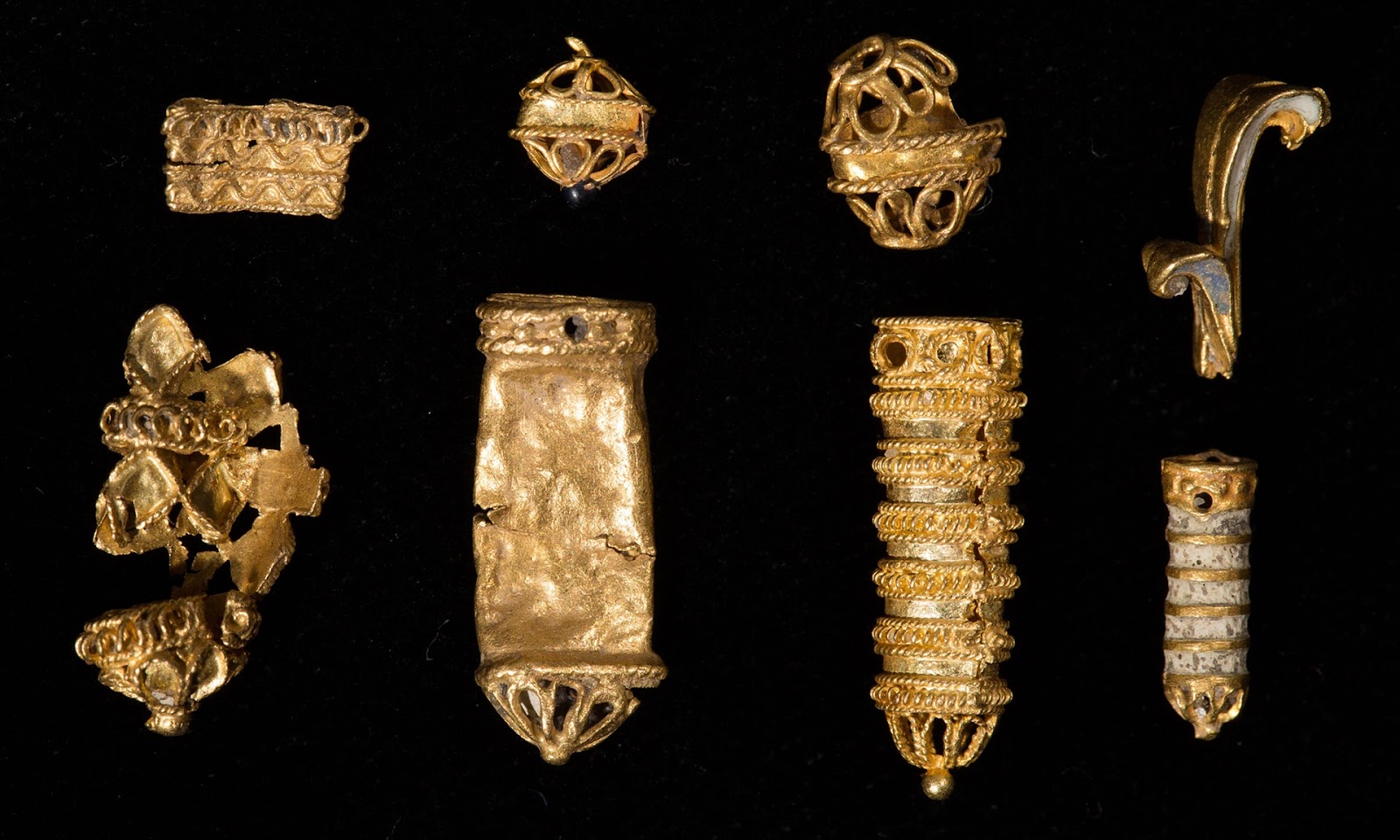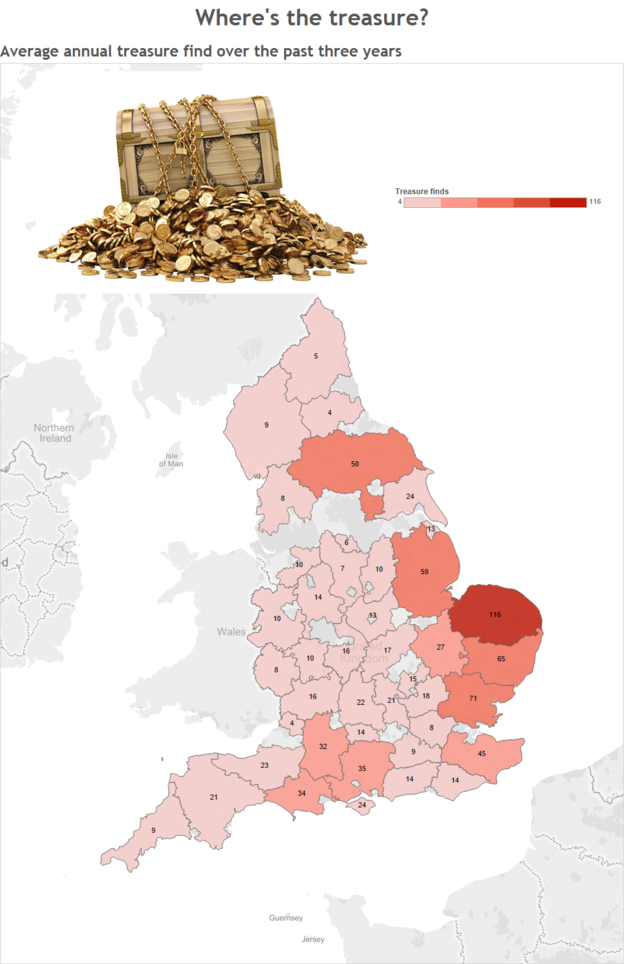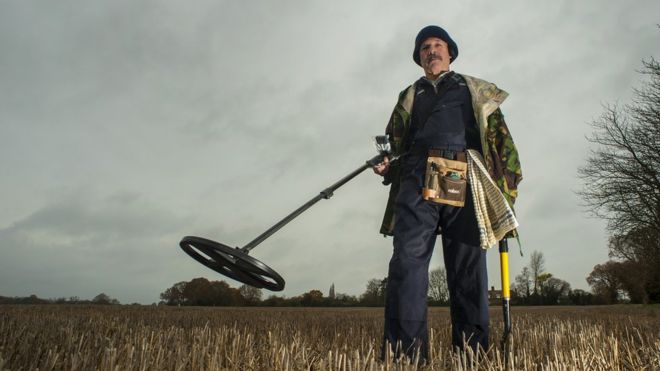Tudor gold found in the river Thames: Tiny haul of delicately crafted 16th century beads, studs and aglets discovered by mudlarks who scour the shore.
Treasure hunters searching the banks of the Thames have unearthed a tiny trove of Tudor gold. The pieces include delicately crafted beads, studs and aglets – metal tips for laces – which would have adorned hats or garments to display social status. The style and date of the pieces are so similar that archaeologists believe they may have come from one piece of clothing, possibly a hat blown into the river from a wealthy boat passenger’s head.
Dating from the early 16th century, they were found over the past few years by eight licensed mudlarks – treasure hunters who have permits to scour the Thames foreshore. The Museum of London said the pieces – which are so small they could all fit into an eggcup – were wonderful and hint at the fashion of the time. It hopes to acquire them following a formal treasure trove inquest. Archaeologist Kate Sumnall, who is based at the Museum of London, said the pieces were declared as treasure. Individually they are all wonderful finds but as a group they are even more important. To find them from just one area suggests a lost ornate hat or other item of clothing. The fabric has not survived and all that remains are these gold decorative elements that hint at the fashion of the time. The museum hopes to acquire the pieces once they have gone through a formal treasure trove inquest. London’s history as a trading port means the banks of the Thames conceal artefacts dating back many centuries, and the river’s alluvial silt and clay help to preserve such finds. Most discoveries have little or no financial value but help historians to understand the lives of previous generations.
Read more: http://www.dailymail.co.uk/



